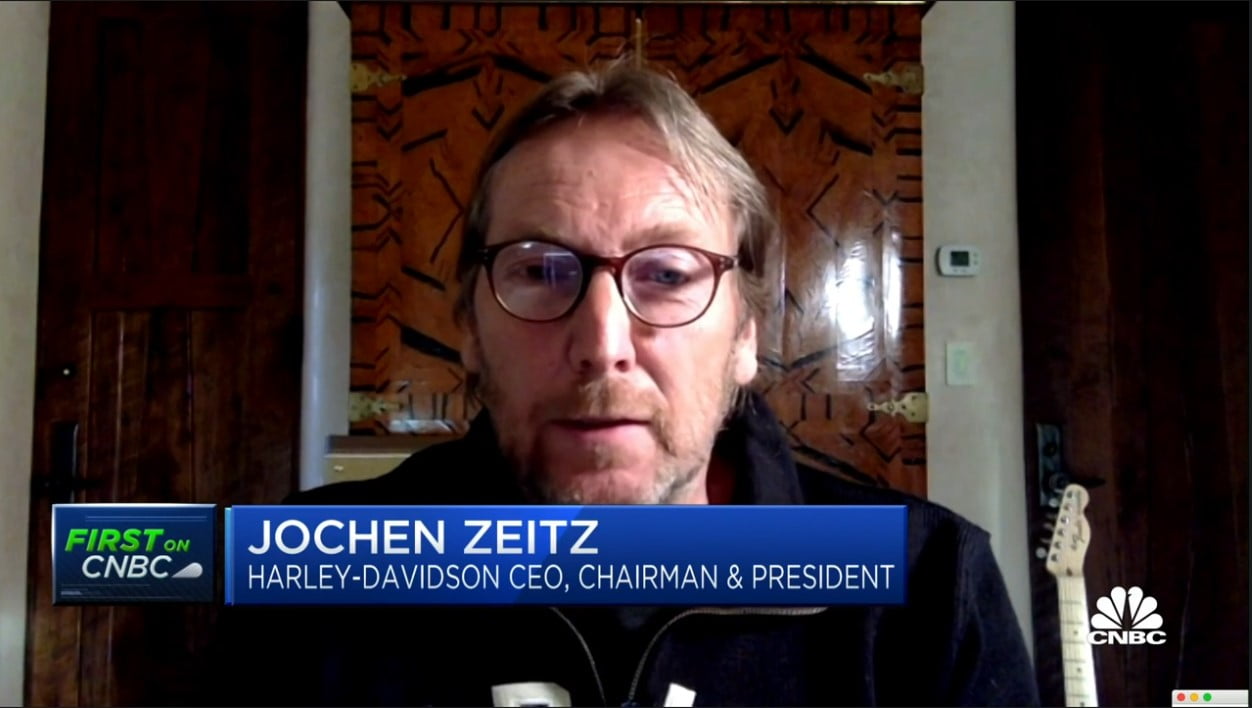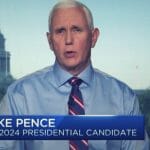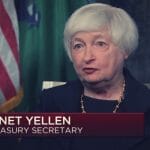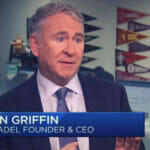Following is the unofficial transcript of a CNBC interview with Harley-Davidson Inc (NYSE:HOG) Chairman & CEO Jochen Zeitz on CNBC’s “Squawk on the Street” (M-F 9AM – 11AM ET) today, Monday, December 13th. Following is a link to video on CNBC.com:
Q3 2021 hedge fund letters, conferences and more
Harley-Davidson CEO Says Its $1.8B SPAC Deal Is A 'Win-Win-Win'
MORGAN BRENNAN: Welcome back to “Squawk on the Street.” Shares of Harley-Davidson surging this morning, up about 14% right now, announcing that its LiveWire division will become the first publicly traded EV motorcycle company in the US. This will be under the ticker “LVW.” LiveWire’s merging with AEA-Bridges Impact Corporation, this is an ESG focus SPAC giving it a pro forma enterprise value of about $1.8 billion. Joining us now first on CNBC is Harley-Davidson CEO and Chairman Jochen Zeitz. Jochen, great to have you on the show. I should note you're also going to be acting CEO for up to two years after this deal closes, of LiveWire as well. LiveWire has been in the works at Harley-Davidson for about a decade. So why are we seeing this deal happen now and why are you doing it via SPAC?
JOCHEN ZEITZ: Hi Morgan. Well, it's a great opportunity. This is really a win-win-win for everybody involved. We have great partners in this transaction with, with ABIC and with Kymco and of course Harley-Davidson in the background that will help support this for LiveWire to really become the leading electric motorcycle brand in the world. I've been involved in this process for 10 years. I've actually been on the board. I set up the Sustainability Committee for Harley-Davidson and pushing very hard to think long term and think electrification. So, after having been given the opportunity to become the CEO, I put that on the fast line and electrification is part of the Harley-Davidson Hardwire strategy and through LiveWire, we can really spearhead the electrification of the sport and that's why taking the final ultimate step to spin it off is just a logical thing to do now.
BRENNAN: Yeah, you came on as CEO of Harley-Davidson back in 2019 in the midst of really a struggling secular decline that we're seeing not only at Harley but across the broader motorcycle industry right now as that core ridership has continued to decline. You've propelled this multiyear turnaround strategy that's called Hardwire as well so to be able to stand LiveWire up on its own as a standalone brand and merge it with a SPAC, what does that enable not just for LiveWire, but for Harley as well?
ZEITZ: Well, every, every crisis is an opportunity. I really saw a huge opportunity especially in a time when you know people were locked down at home and just wanted to get out and ride and we see a great surge in new riders coming into the sport. You know, riders also getting onto their bike and ride. So, there's a great opportunity, you know, Harley has had very special moments in its history and this is one of these special moments and a true opportunity in, in a horrific crisis and, and I believe that this strategy that we have for Harley-Davidson will benefit because eventually, we will also electrify Harley-Davidson but LiveWire will spearhead that development through innovative technology and focusing more on the urban consumer and then bringing the technology back into Harley is obviously a key objective. Therefore, it is a creative, it's positive. While we have huge potential still for Harley-Davidson as a brand and as a company, this will be one of the key strategic elements that will help us to achieve our ultimate goals.
BRENNAN: So would this enable that Hardwire turnaround strategy to achieve its results faster than previously forecast?
ZEITZ: Well, it is one of the six key elements and everything is on the, on the fast lane right now so electrification is critical. It's a long-term goal also for Harley-Davidson. But we still have tremendous opportunity with our core existing business, whether that's with motorcycles but also in adjacent businesses like general merchandise and parts and accessories. We see great opportunity for the brand that is based on adventure and freedom and, and, and we see good growth opportunities in the coming years that we would tap into.
BRENNAN: You mentioned the urban rider. I mean, we know that core baby boomer rider for the classic Harley brand. What, what is the core ridership look like for an EV brand?
ZEITZ: Well, it's certainly a new generation of riders. That is not to say that Harley is not really targeting its product also to a new target audience. We've just launched this year our Sportster S Pan America. We became market leader in the adventure touring sector in the US overnight so there's great opportunity to expand our various customer profiles all the way from more traditional core customers also to new customer groups that we're targeting but for LiveWire and electric, it's a new set of consumers that, you know, have a different expectation in terms of the technology, in terms of the feel and look, and that that's what we're really targeting with LiveWire.
BRENNAN: Yeah, it looks like the EV ramp is gonna be pretty dramatic over the next couple of years. 33 million in revenue for LiveWire this year to up to $1.8 billion and potentially profitability in 2026. How does that take place over the years between?
ZEITZ: Well, it's not going to be linear of course and a lot will depend on when we launch new product into the market. We have with LiveWire one terrific product, but we are also planning to launch new products into the market or based on our new era technology. So, there's, there's lots of opportunity there to grow the business and, you know, if you look at the overall adoption rate, we see that increasing dramatically over the next few years. Adoption for EV, infrastructure is being built, order is helping us and the technology is getting there as well. So exciting product, better infrastructure, and of course incentives will also help to fuel the EV growth.
BRENNAN: How many EV models do you plan to develop? How quickly will they roll out? What does the pricing look like?
ZEITZ: I will hold that answer until early next year. But we have several platforms that we are developing over the next five years and we will hope to have some news about that early, early next year. But right now, LiveWire is our one model. I've actually prototyped and tried our next model already. It's an amazing product and coming to you soon.
BRENNAN: Okay, well, well, we'll keep an eye out for that. In the meantime more broadly, I just want to get your take on what you're seeing in terms of the supply chain right now. Harley like so many other companies across so many industries has been affected. It has not been immune to some of the materials, costs to some of the parts and supply shortages we've seen as well. What are you seeing? How are you navigating that into 2022? Any signs that it's subsiding?
ZEITZ: I would say probably we can be hopeful for the second half of next year. We still see challenges going into the next year. They're not going away. I think the team has done an extraordinary job to minimize the, the, we actually didn't have any blackouts. We had some brownouts but to really keep at it and get the products to our customers. We've done as good as we could and compared to our competition, I think actually a lot better, but this is not going to go away. It's a daily battle. But we are I think well placed to take up the challenge.
BRENNAN: Jochen Zeitz, thanks for joining us here on CNBC. On the heels of this news, the CEO and chairman of Harley-Davidson.
ZEITZ: Thank you.













